Imagine being able to effectively train your dog without resorting to painful shocks. It may sound too good to be accurate, but the answer to the question, “Is there a training collar that doesn’t shock?” is a resounding yes.
With advancements in technology and a greater understanding of animal behavior, pet owners now have access to training collars that use more humane and gentle methods.
These innovative collars utilize vibration, sounds, or ultrasonic frequencies to communicate with your furry friend, promoting positive reinforcement and a happier training experience for both of you. Say goodbye to the old-fashioned shock collars and say hello to a kinder approach to training your beloved pet.
This image is the property of Amazon.com.
Types of Training Collars
Traditional Shock Collars
Traditional shock collars are training collars that have been widely used for many years. They work by delivering an electric shock to the dog’s neck when a button on a remote control is pressed. The intensity of the shock can typically be adjusted to suit the dog’s size and temperament. While some dog owners find these collars effective in curbing unwanted behaviors, they have received criticism for their potential to cause pain and discomfort to the dog.
Vibration Collars
As the name suggests, vibration collars work by delivering a vibration to the dog’s neck instead of using electric shocks. When a button on the remote control is pressed, the collar will vibrate, which can be a gentle and effective way to get the dog’s attention or discourage certain behaviors. Many dog owners prefer vibration collars over traditional shock collars because they are considered less aversive and painful.
Ultrasonic Collars
Ultrasonic collars emit high-frequency sound waves that are inaudible to humans but can be heard by dogs. When a behavior needs to be corrected, a button on the remote control is pressed, and the collar emits an ultrasonic sound, which can startle the dog and help redirect their attention. Ultrasonic collars are often used for training, especially for dogs sensitive to loud or sudden noises. However, it is essential to note that some dogs may not respond to ultrasonic sounds, so this type of collar may not suit every dog.
Citronella Collars
Citronella collars work by releasing a burst of citronella spray when triggered. The citronella scent is unpleasant to most dogs, who typically do not enjoy it. When the dog engages in unwanted behavior, such as excessive barking, the collar detects the vocalization and emits the citronella spray. This not only interrupts the behavior but also distracts the dog with the scent, discouraging them from continuing the behavior. Citronella collars are often used as an alternative to shock collars, as they provide a more benign way to discourage unwanted behavior.
Static Collars
Static collars, also known as spray collars or spray bark collars, deliver a mild static shock to the dog’s neck using metal prongs or emitting a burst of air. The static shock or air level can usually be adjusted to suit the dog’s size and sensitivity. These collars are designed to interrupt and discourage unwanted behaviors, such as excessive barking. While they are considered less intense than traditional shock collars, some dog owners are still concerned about the discomfort the static shock or air may cause.
Features to Look For
Effectiveness
When choosing a training collar, it is essential to consider its effectiveness in correcting your dog’s behavior. Different dogs may respond differently to different collars, so finding one that effectively addresses the specific behavior or habits you want to modify is crucial.
Adjustability
Look for a training collar that offers adjustable settings, such as intensity levels or different modes, to ensure that it can be tailored to your dog’s needs and sensitivities. Adjusting the collar’s settings will help you find the right correction level without causing unnecessary discomfort.
Range
Consider the range of the training collar, especially if you plan to use it outdoors or in larger spaces. A more comprehensive range gives you more flexibility in training your dog and allows you to address behaviors even from a distance.
Battery Life
Check the battery life of the training collar, particularly if you intend to use it frequently or for extended training sessions. Opt for a model with a long battery life or rechargeable to avoid interruptions during training.
Durability
Look for a training collar made of durable materials that can withstand the rigors of daily use and potential rough handling. A collar built to last will ensure you can continue using it effectively for a long time.
Comfort
Consider the comfort of the training collar, as your dog will wear it for extended periods. Look for features such as padded or adjustable straps and a lightweight design to ensure that the collar does not cause discomfort or irritation to your dog.
Waterproofing
If you plan to use the training collar outdoors or in wet conditions, opting for a waterproof collar is recommended. Waterproofing will ensure that the collar remains functional and does not get damaged by water exposure.
Training Collar Options
Vibration Collars
Vibration collars are an excellent choice for dog owners who want a training collar that is gentle yet effective. When triggered by a remote control, these collars deliver a vibration signal to the dog’s neck. The vibration serves as a cue or a way to get the dog’s attention, making it a valuable tool for training and behavior modification. Vibration collars are often favored by those who prefer a more humane and less aversive approach to training.
Ultrasonic Collars
Ultrasonic collars are another option for dog owners who want to avoid using shock as a training method. These collars emit high-frequency sound waves that are inaudible to humans but can be heard by dogs. The ultrasonic sound is a deterrent and can interrupt unwanted behaviors or redirect the dog’s attention. Ultrasonic collars are often used when a loud or sudden noise may not be suitable or practical.
Citronella Collars
For dog owners looking for a training collar without shock or vibration, citronella collars can be a viable option. These collars release a burst of citronella spray when triggered by undesirable behavior, such as excessive barking. The scent of the citronella spray is unpleasant to most dogs, and it serves as a distraction and deterrent. Citronella collars are considered to be a more humane alternative to shock collars.
Static Collars
Static collars utilize a mild static shock or a burst of air to interrupt unwanted behaviors. While they still involve a form of correction, the intensity of the shock or air can be adjusted to suit the dog’s sensitivity. Static collars are often used to address excessive barking or other behaviors that need to be curbed. However, it is essential to use them responsibly and only as a last resort after exploring positive reinforcement methods.
Vibration Collars
How They Work
When activated, vibration collars deliver a gentle vibrating sensation to the dog’s neck. The vibrating sensation serves as a cue to get the dog’s attention. A remote usually controls the collar, allowing the owner to activate the vibration when needed. The dog quickly learns to associate the vibration with a specific command or behavior, facilitating training.
Benefits
Vibration collars offer several benefits as a training tool. Firstly, they provide a gentle and non-painful way to correct unwanted behaviors. The vibrations are more of a surprise than a strong aversive stimulus, allowing for a humane approach to training. Additionally, vibration collars can be used for various purposes, including training recall, discouraging jumping, and promoting general obedience. They are versatile and can be adjusted to different intensity levels based on the dog’s response.
Limitations
While vibration collars are generally considered a safe and humane option, they may not be suitable for all dogs. Some dogs may find the vibrations uncomfortable or do not respond as effectively. It is essential to consider your dog’s temperament and sensitivity when using a vibration collar. Additionally, vibration collars may not be the most effective option for addressing severe behavioral issues or ingrained habits requiring more intensive training.
This image is the property of Amazon.com.
Ultrasonic Collars
How They Work
Ultrasonic collars emit high-frequency sound waves that are inaudible to humans but can be heard by dogs. When activated, the collar emits an ultrasonic sound, a deterrent, or an interrupter. The sound captures the dog’s attention, redirects their focus, and can discourage unwanted behaviors. Ultrasonic collars often come with a remote control, allowing the owner to activate the sound when necessary.
Benefits
Ultrasonic collars offer a non-intrusive and non-contact method of training and behavior modification. They provide an alternative to traditional aversive methods, such as shock collars. Ultrasonic collars can benefit dogs sensitive to loud or sudden noises, as they offer a more subtle way to address behavioral issues. Moreover, they can be used in various training scenarios, both indoors and outdoors.
Limitations
While ultrasonic collars can be effective for some dogs, they may not work for every dog. Some dogs may not respond to the ultrasonic sound or ignore it. Additionally, the effectiveness of ultrasonic collars can be influenced by environmental factors, such as background noise or distance. It is essential to consider your dog’s temperament and responsiveness before relying solely on an ultrasonic collar as a training tool.
Citronella Collars
How They Work
Citronella collars work by triggering a release of citronella spray when the dog engages in unwanted behavior, such as excessive barking. The collar contains a small reservoir filled with citronella, released when activated. The scent of the citronella spray is unpleasant to most dogs, serving as a distraction and deterrent. Over time, the dog learns to associate the unwanted behavior with the unpleasant scent of citronella, helping to modify their behavior.
Benefits
Citronella collars offer a more humane and less aversive alternative to traditional shock collars. They provide an effective way to deter unwanted behaviors without causing pain or discomfort to the dog. Citronella collars are often favored by dog owners looking for a training collar that does not rely on physical stimuli but offers effective behavior correction. They can be handy for addressing excessive barking and other vocalization issues.
Limitations
While citronella collars can be an effective option for some dogs, they may not work for all individuals. Some dogs may not find the scent of citronella unpleasant enough to deter their behavior. Additionally, citronella collars may be less effective in situations with strong competing smells or outdoor environments where the scent may dissipate quickly. It is essential to consider your dog’s sensitivities and preferences before choosing a citronella collar.
This image is the property of Amazon.com.
Static Collars
How They Work
Static collars, also known as spray collars or spray bark collars, deliver a mild static shock or a burst of air to interrupt unwanted behaviors. The dog’s behavior triggers the collar, such as barking excessively, and promptly delivers the correction. The static shock is mild and similar to the sensation of static electricity, while the air burst serves as a surprise and distraction. The static shock or air level can typically be adjusted based on the dog’s sensitivity.
Benefits
Static collars provide a reliable and effective means of interrupting unwanted behaviors without relying on more aversive methods. They can be handy for addressing excessive barking or other issues that need immediate correction. The correction level can be tailored to suit the dog’s temperament and response, ensuring a fair and humane approach to training.
Limitations
While static collars can be an effective training tool, using them responsibly and considerately is essential. Some dog owners may have concerns about the uncomfortable or potentially startling nature of the static shock or air burst. After exploring positive reinforcement methods, assessing your dog’s tolerance and using the collar as a last resort is essential. It is always recommended to seek guidance from a professional dog trainer to ensure proper and responsible use of a static collar.
Training Methods Without Shock Collars
Positive Reinforcement
Positive reinforcement is a training method that focuses on rewarding desired behaviors rather than punishing unwanted ones. It involves using treats, toys, praise, or other rewards to reinforce behaviors that you want your dog to repeat. Positive reinforcement techniques are based on the idea that dogs are likelier to learn and repeat behaviors that result in pleasant outcomes. This training method encourages a positive and mutually beneficial relationship between you and your dog.
Clicker Training
Clicker training is a form of positive reinforcement that utilizes a small handheld device called a clicker. The clicker makes a distinct sound when pressed, serving as a marker to indicate that the dog has performed the desired behavior. A reward, such as a treat or praise, immediately follows the clicker’s sound. Over time, the dog learns to associate the clicker’s sound with the reward and understands which behavior is being reinforced.
Target Training
Target training teaches a dog to touch or follow a designated target, such as a hand, a target stick, or a mat. This method can teach various commands and behaviors, such as sitting, staying, or walking on a leash. Using a target as a visual cue, you can guide your dog’s actions and reward them for touching or following the target. Target training can be fun and engaging to teach your dog new skills and improve their overall obedience.
Reward-based Training
Reward-based training encompasses various positive reinforcement techniques to reward desired behaviors. It involves identifying and utilizing motivating and enjoyable rewards for your dog. Rewards include treats, toys, playtime, petting, and verbal praise. By consistently rewarding your dog for positive behaviors, you create a positive association and encourage them to repeat those behaviors in the future. Reward-based training can strengthen the bond between you and your dog and make the training process enjoyable.
Voice Commands
Voice commands are an essential component of training and communication with your dog. Utilizing consistent and clear voice commands can help your dog understand what behaviors are expected from them. By pairing voice commands with positive reinforcement, you can effectively teach your dog to respond to specific cues. It is essential to use a friendly and encouraging tone of voice when giving commands to create a positive association for your dog.
This image is the property of Amazon.com.
Pros and Cons of Shock Collars
Pros
- It can provide immediate correction and interrupt unwanted behaviors effectively.
- It can help address severe behavioral issues or safety concerns.
- It can be adjusted to suit the dog’s individual needs and sensitivities.
- It can be a valuable tool in professional training or working dog environments.
Cons
- It can cause pain, fear, and discomfort to the dog.
- This may lead to an increase in anxiety or aggression in some dogs.
- It can be misused or misapplied, resulting in unintended consequences.
- It may not address the root cause of the behavior and may only suppress it temporarily.
It is important to note that using shock collars is a debate among dog trainers and professionals. While some trainers endorse their use in specific circumstances, such as for working dogs or in situations where safety is a concern, others advocate for the exclusive use of positive reinforcement methods.
Choosing the Right Training Collar for Your Dog
Consider Your Dog’s Personality
Every dog is unique, so it is crucial to consider your dog’s personality, temperament, and sensitivities when selecting a training collar. Some dogs may respond well to gentle methods, such as vibration or citronella collars, while others may require a more substantial correction provided by static or shock collars. Understanding your dog’s needs will help you choose a collar that is effective and comfortable for them.
Consult with a Professional Trainer
Suppose you are unsure which training collar suits your dog or have specific behavioral concerns. In that case, seeking guidance from a professional dog trainer or behaviorist is highly recommended. They can assess your dog’s behavior, provide expert advice, and recommend appropriate training methods and equipment.
Evaluate Your Training Needs
Consider the specific behaviors or habits you want to modify in your dog. Different collars may be more effective for certain behaviors, so choosing a collar that aligns with your training goals is essential. For example, a citronella collar may be the most suitable option if you are primarily concerned with reducing excessive barking.
Read Reviews and Do Research
Before purchasing, take the time to read reviews and gather information about the different training collars available. Look for reviews from other dog owners who have used the collars to see their experiences and the results they achieved. Additionally, research the manufacturers and brands to ensure that you are investing in a quality product that is safe and reliable.
In conclusion, training collars come in various types and offer different correction and behavior modification methods. Choosing a training collar that aligns with your dog’s needs and training goals is essential. While traditional shock collars may be effective for some dogs, alternative options, such as vibration, ultrasonic, citronella, and static collars, are available. Additionally, positive reinforcement training methods can be utilized without shock collars. By considering your dog’s personality, consulting with a professional trainer, and evaluating your training needs, you can make an informed decision and choose the suitable training collar for your furry companion. Remember, the key to successful training is patience, consistency, and building a trusting relationship with your dog.
This image is the property of Amazon.com.

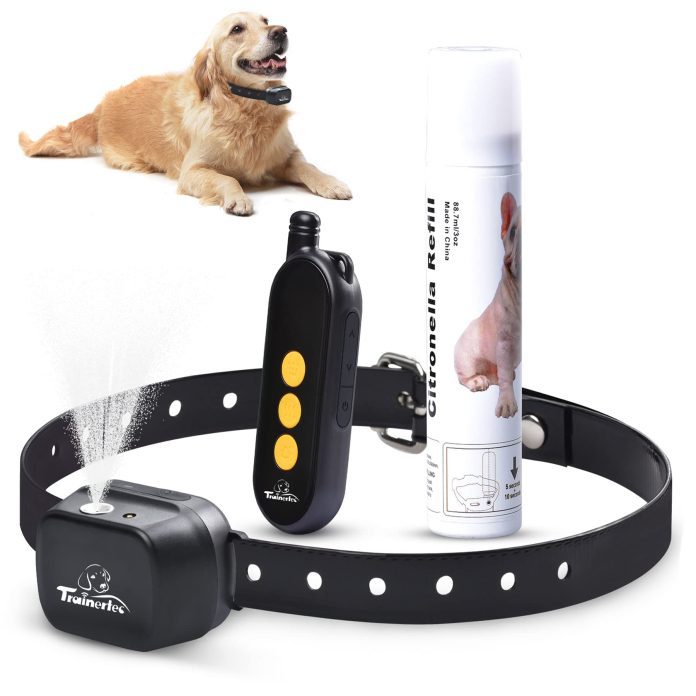
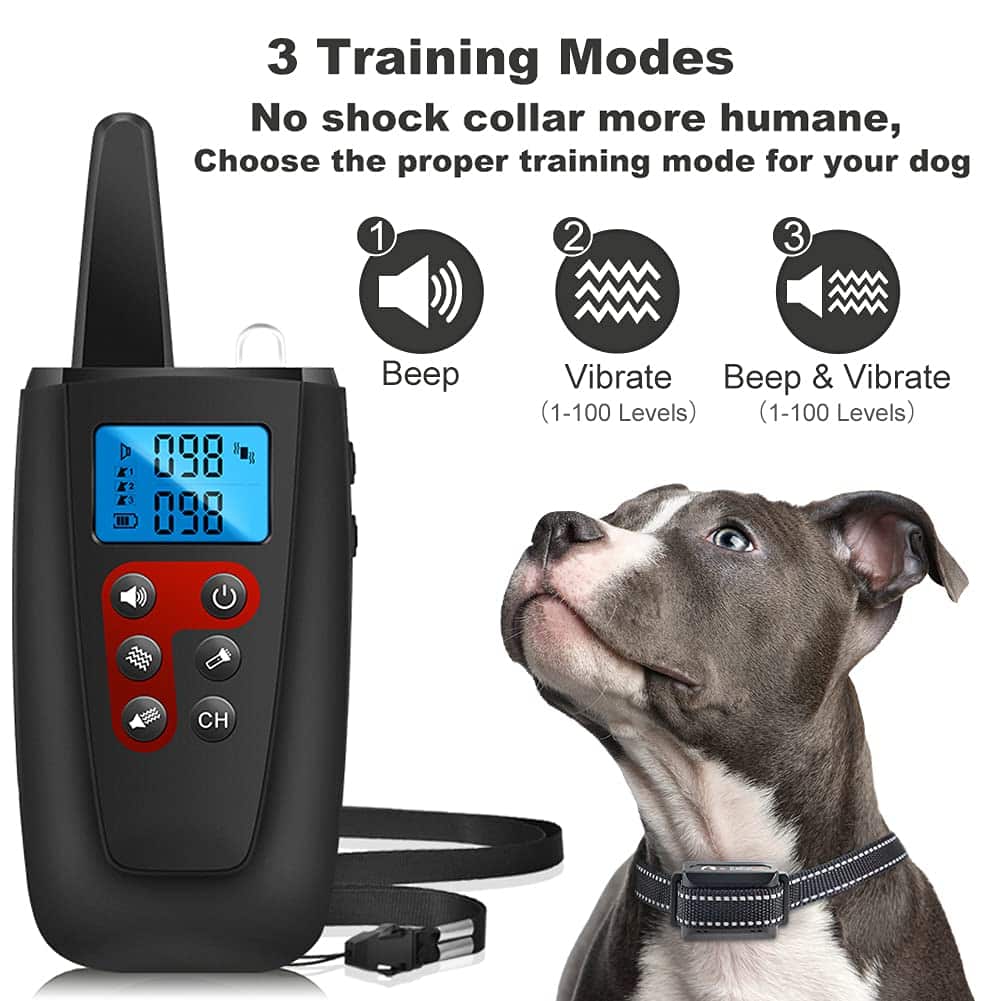
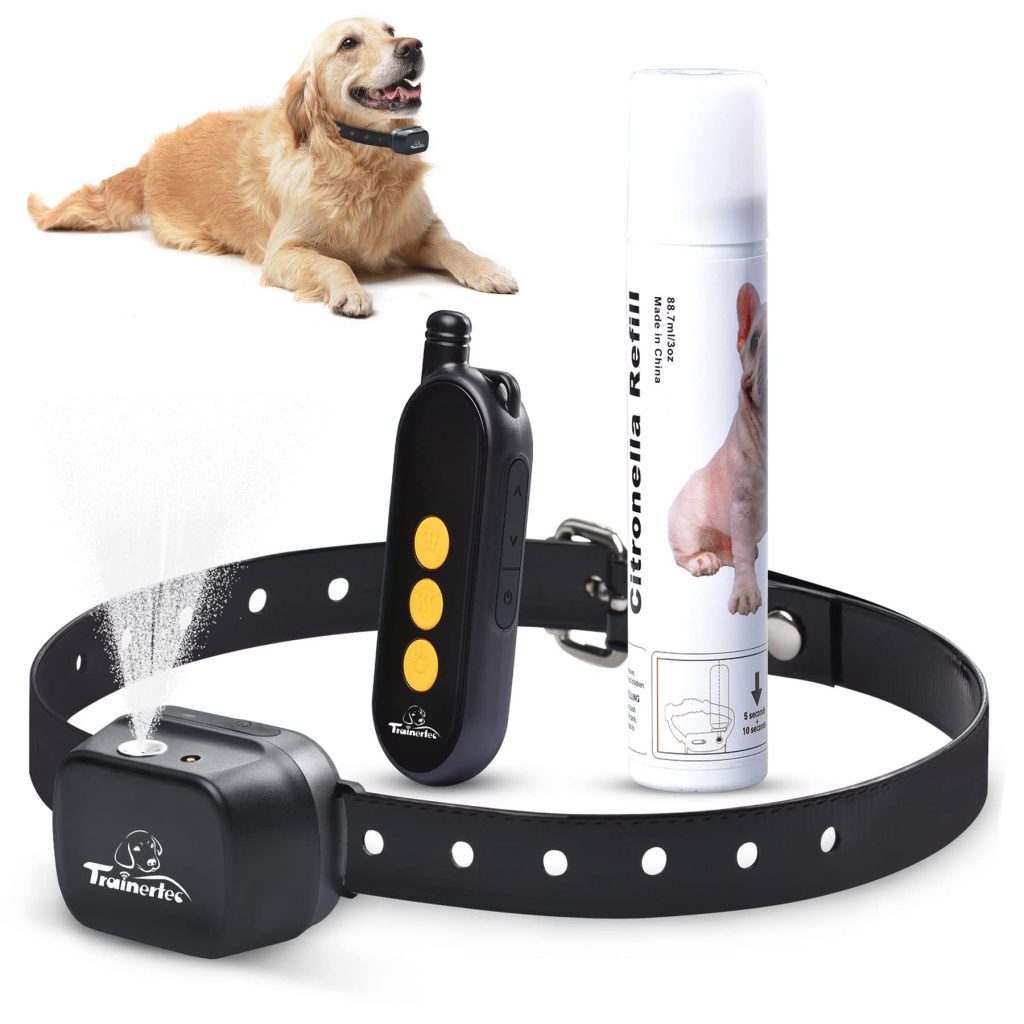
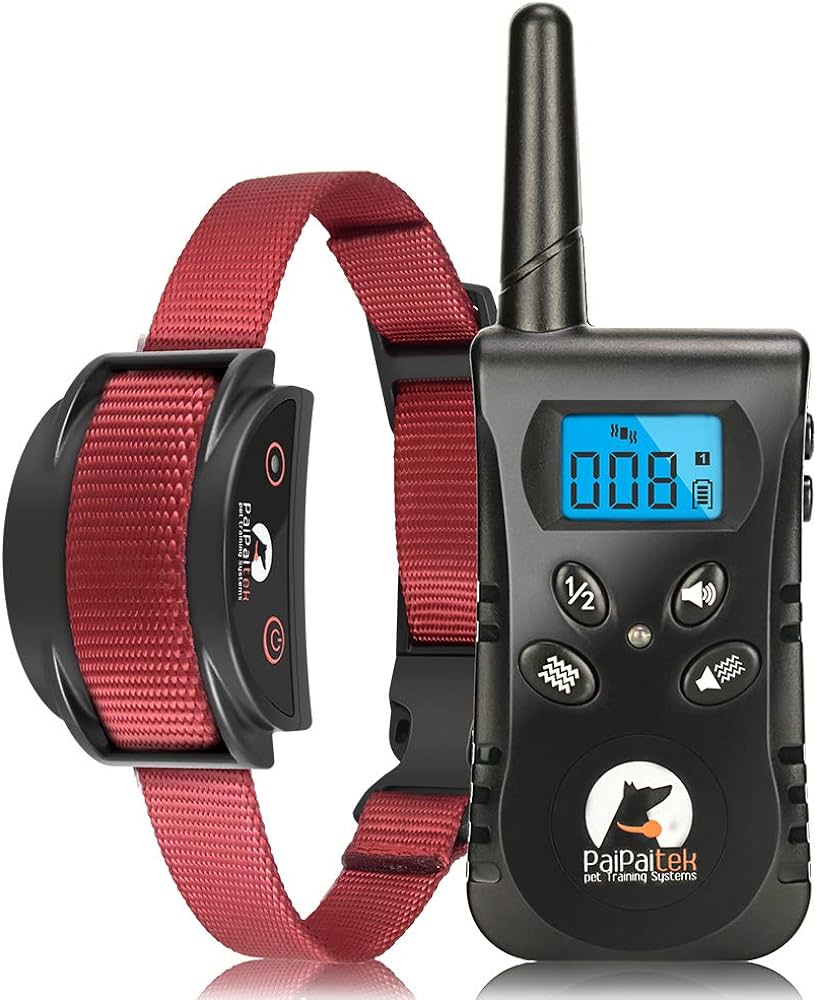
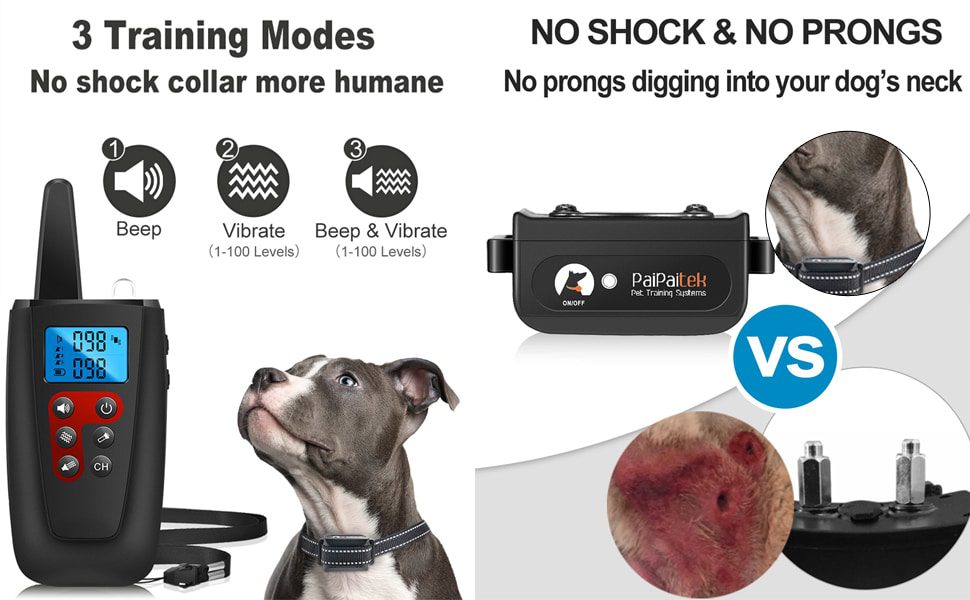
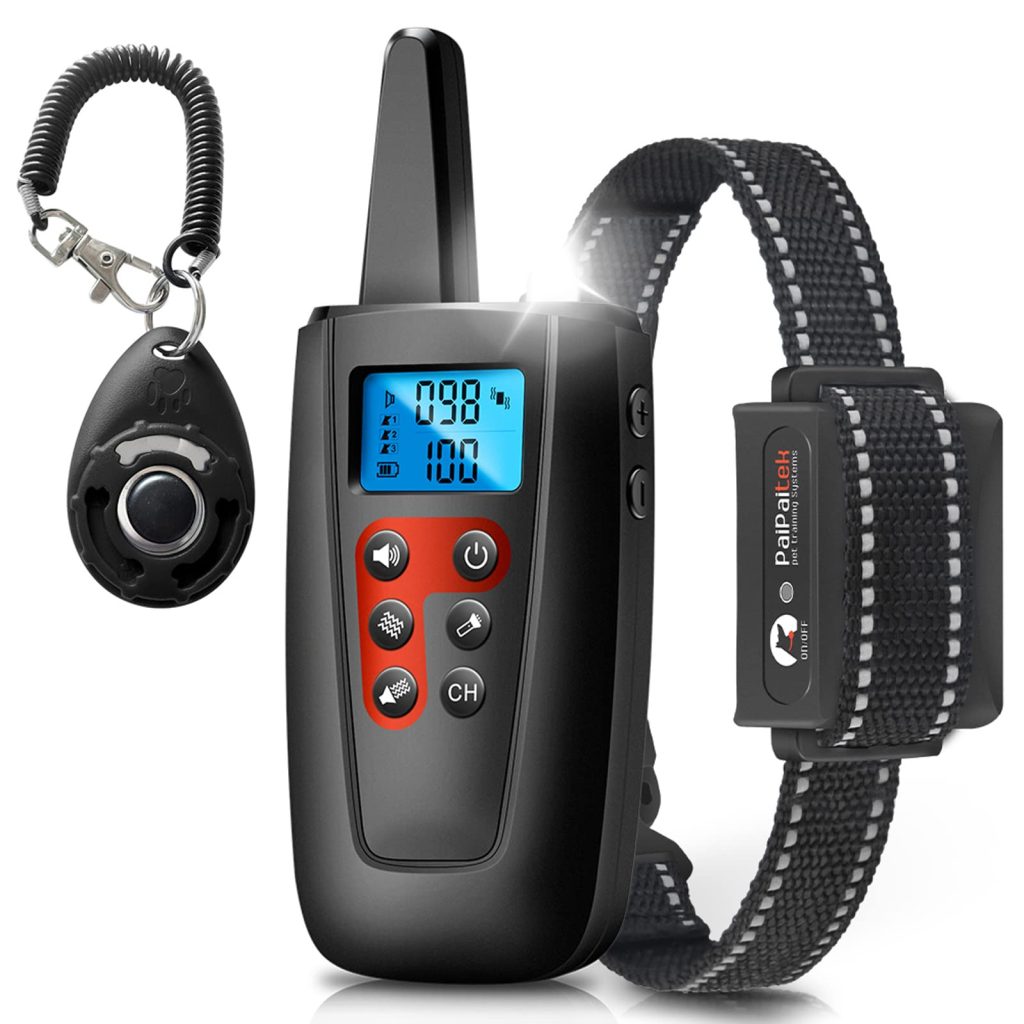

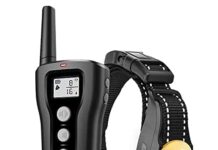
![Petrainer Dog Training Collar [100% Waterproof] Petrainer Dog Training Collar](https://mydogtrainingcollar.com/wp-content/uploads/2019/03/Petrainer-Dog-Training-Collar-218x150.jpg)




































